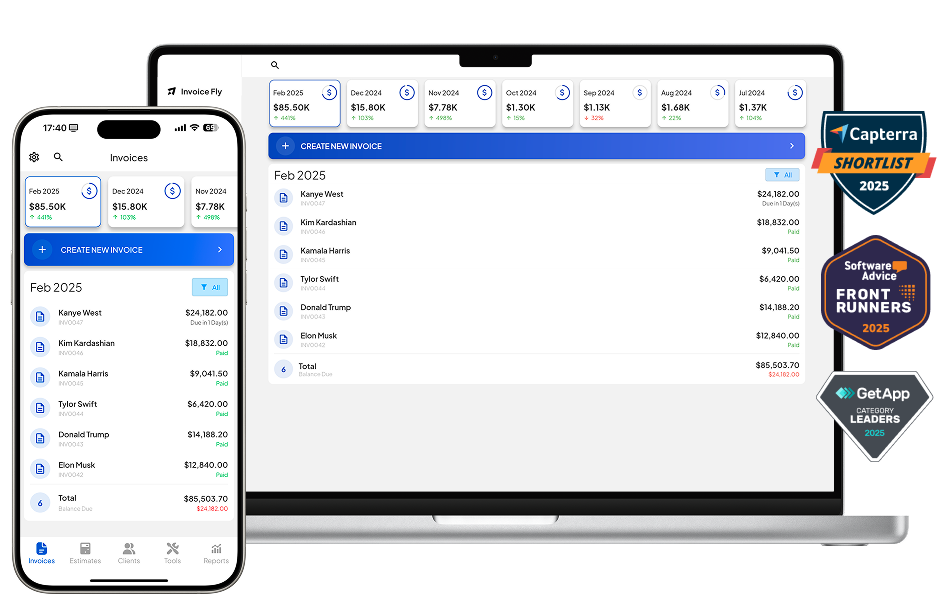- Home
- »
- Glossary Of Terms
- »
- Section 179
Section 179 Deduction
Section 179 Deduction
Section 179 of the U.S. Internal Revenue Code is a tax provision that allows businesses to deduct the full purchase price of qualifying equipment or software purchased or financed during the tax year. Instead of spreading depreciation over several years, companies can take the deduction immediately—reducing taxable income and improving cash flow.How Section 179 Works
Businesses can elect to expense qualifying property up to the IRS limit for the given year (adjusted annually). For 2024, the maximum deduction is $1,160,000, with a phase-out threshold beginning at $2,890,000. This makes it especially valuable for small and mid-sized businesses investing in growth.Qualifying Property
- Tangible personal property used in business (machinery, tools, furniture).
- Business vehicles (with specific weight/usage restrictions, e.g., SUVs under certain limits).
- Computers, software, and office equipment.
- Some improvements to nonresidential real property (HVAC, roofs, alarm systems).
Limits and Phase-Out
The deduction phases out dollar-for-dollar once total qualifying purchases exceed the annual cap. This ensures that Section 179 primarily benefits small and mid-sized businesses. For larger companies with purchases beyond the threshold, bonus depreciation may be applied.Section 179 vs. Bonus Depreciation
While both accelerate deductions, they differ in flexibility:- Section 179: Business chooses which assets to expense and how much to deduct.
- Bonus Depreciation: Applies automatically (unless opted out) and covers a percentage of new/used property with no dollar limits.
Example
A construction company buys $200,000 in equipment. Under Section 179, it can deduct the entire $200,000 in the first year instead of depreciating it over 5–7 years. This lowers taxable income immediately and frees up cash for operations or reinvestment.Forms and Compliance
To claim the deduction, businesses must file IRS Form 4562 with their tax return. Accurate records are essential, and tax advisors often recommend balancing Section 179 with bonus depreciation strategies.Key Takeaways
- Boosts cash flow by accelerating deductions.
- Helps small businesses invest in growth.
- Applies to a wide range of business equipment and property.
- Annual limits and phase-outs restrict use by very large companies.
Section 179 vs. Bonus Depreciation
Both Section 179 and Bonus Depreciation allow businesses to accelerate deductions on qualifying property, but they work differently. Here’s a quick comparison:
Section 179- Deduction Limit: $1,160,000 in 2024 (phases out after $2,890,000 in purchases).
- Flexibility: Businesses choose which assets to expense and how much to deduct.
- Property: New or used tangible business equipment, some improvements to nonresidential real estate.
- Best for: Small to mid-sized businesses that want to control deductions.
- Form Required: IRS Form 4562.
Bonus Depreciation- Deduction Limit: No dollar limit, but percentage is phasing down (60% in 2024).
- Flexibility: Applies automatically unless you opt out; no partial deductions per asset.
- Property: New or used qualifying property with a recovery period of 20 years or less.
- Best for: Large purchases and companies exceeding Section 179 limits.
- Form Required: Also reported on IRS Form 4562.
- Deduction Limit: No dollar limit, but percentage is phasing down (60% in 2024).
- Flexibility: Applies automatically unless you opt out; no partial deductions per asset.
- Property: New or used qualifying property with a recovery period of 20 years or less.
- Best for: Large purchases and companies exceeding Section 179 limits.
- Form Required: Also reported on IRS Form 4562.
Tip: Many businesses combine Section 179 and Bonus Depreciation—using Section 179 first for targeted assets, then applying bonus depreciation to remaining qualifying property.

FAQs Per diem
No. Section 179 deductions are not available to estates and trusts. They are intended for businesses actively purchasing and using qualifying property.
For 2024, the maximum Section 179 deduction is $1,160,000. This amount phases out once total equipment purchases exceed $2,890,000.
Qualifying property includes business equipment, vehicles, computers, off-the-shelf software, and certain improvements to nonresidential real estate.
Yes, but only under specific conditions. Heavy SUVs with a gross vehicle weight rating (GVWR) between 6,000 and 14,000 pounds qualify for a limited Section 179 deduction (up to $28,900 in 2024).
No. Residential rental property does not qualify. However, some nonresidential real estate improvements (like HVAC systems or roofs) may qualify.

Other Free Resources

Try Invoice Fly Today
- Send quotes & invoices in seconds
- Collect card & online payments
- Receive instant notifications
- Win more jobs


